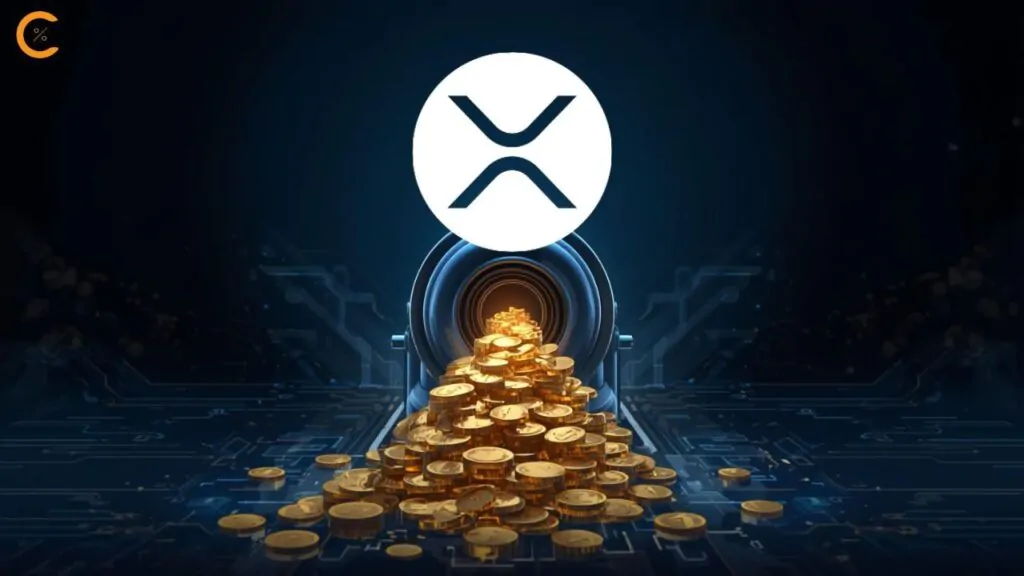• Swift plans to integrate a blockchain ledger for round-the-clock cross-border payments.
• The initiative is in partnership with Consensys to facilitate transactions using any form of regulated tokenized value.
• Over 30 top banks, including JPMorgan, Bank of America, Wells Fargo, and HSBC, are involved in the initiative.
Swift is teaming up with Consensys to integrate blockchain technology with a shared ledger designed for real-time cross-border payments. The move signals a major transformation for the global financial network.
Swift’s Blockchain Ledger Initiative
The Society for Worldwide Interbank Financial Telecommunication (Swift), the world’s largest financial messaging network, announced plans to integrate blockchain onto its payment rails by developing a shared ledger. The initiative aims to enable real-time, 24/7 cross-border transactions. Swift’s plan was first unveiled at the firm’s annual Sibos conference in Frankfurt on Monday, marks a significant shift for the cooperative that processes trillions of dollars daily for more than 11,500 institutions in over 200 countries.
The ledger is being built with technology from Consensys and will be developed with more than 30 leading banks and financial institutions. These include JPMorgan Chase, Citi, Bank of America, the UK’s HSBC, and Germany’s Deutsche Bank, among others. Swift said the first prototype will focus on 24/7 cross-border payments, with feedback already being provided by institutions from 16 countries.
Interoperability and Industry Strategy
Swift’s effort is designed to deliver a common infrastructure that connects private and public networks. The ledger will function as a secure transaction log that records, validates, and sequences payments in real time, while smart contracts will enforce operational rules. The system will be built with interoperability in mind to avoid the technological silos that have slowed industry adoption.
“A digital shared ledger, created with the Swift community, offers transparency and interoperability, two priorities to effectively manage cross-border payments in a 24/7 world”, said AJ McCray, Global Head of Payments in Global Payments Solutions at Bank of America.
The new infrastructure is part of Swift’s broader “dual-track” strategy, as it is upgrading its existing fiat rails while at the same time preparing for the growth of tokenized finance. Alongside the ledger project, Swift announced new client solutions that will coordinate between blockchain systems and traditional rails. It also introduced updated scheme rules to guarantee fast and predictable consumer transfers.
Swift was alleged to be carrying out on-chain payment and messaging tests last week with more than a dozen banks using Ethereum Layer-2 Linea.
The long-term objective seeks to enable transactions involving regulated digital assets such as stablecoins, tokenized deposits, and other tokenized instruments, while leaving the issuance and management of these assets to central and commercial banks.
Global Momentum for Tokenized Finance
Global banks have increased their adoption of blockchain in recent years in a bid to simplify cross-border payments and securities settlement. Many of these efforts have focused on stablecoins, which are seen as faster and relatively cheaper compared to traditional rails. Last week, a consortium of nine European banks also announced plans to launch a joint stablecoin project.
“Today we provide powerful and effective rails”, said Swift CEO Javier Pérez-Tasso. “Together with our community, we are moving quickly to create the infrastructure stack of the future. Through this initial ledger concept, we are paving the way for the digital transformation of the industry”.
Swift has not yet set a timeline for full implementation. However, plans to launch a prototype highlights that the cooperative aims to place itself at the center of the next phase of global finance by bridging trusted legacy infrastructure with emerging digital ecosystems.







